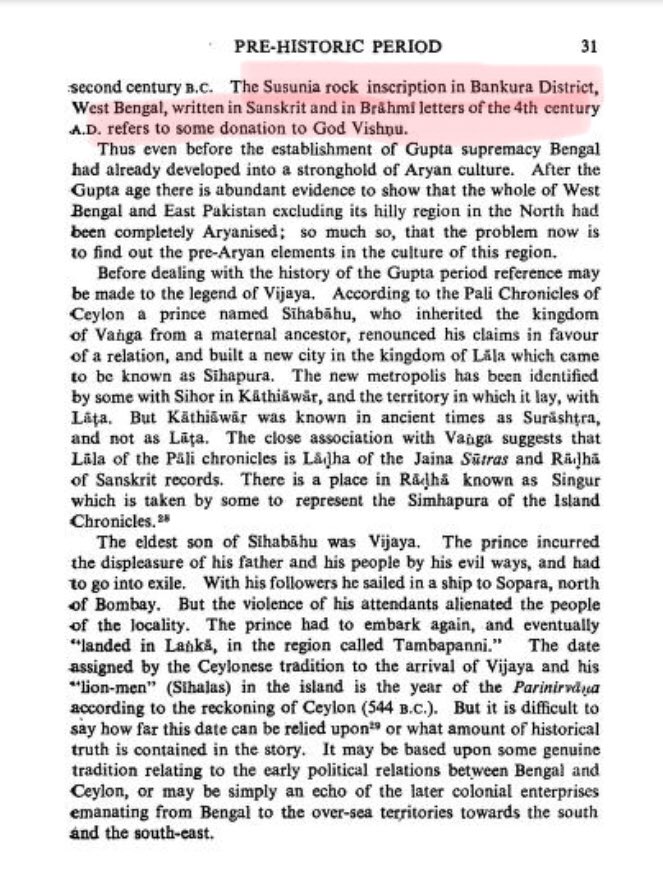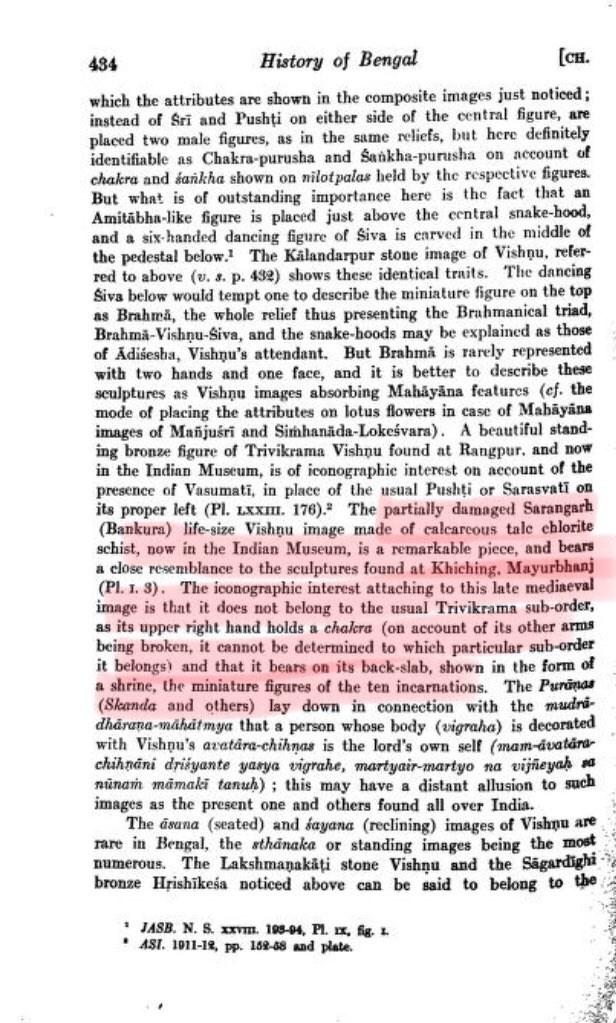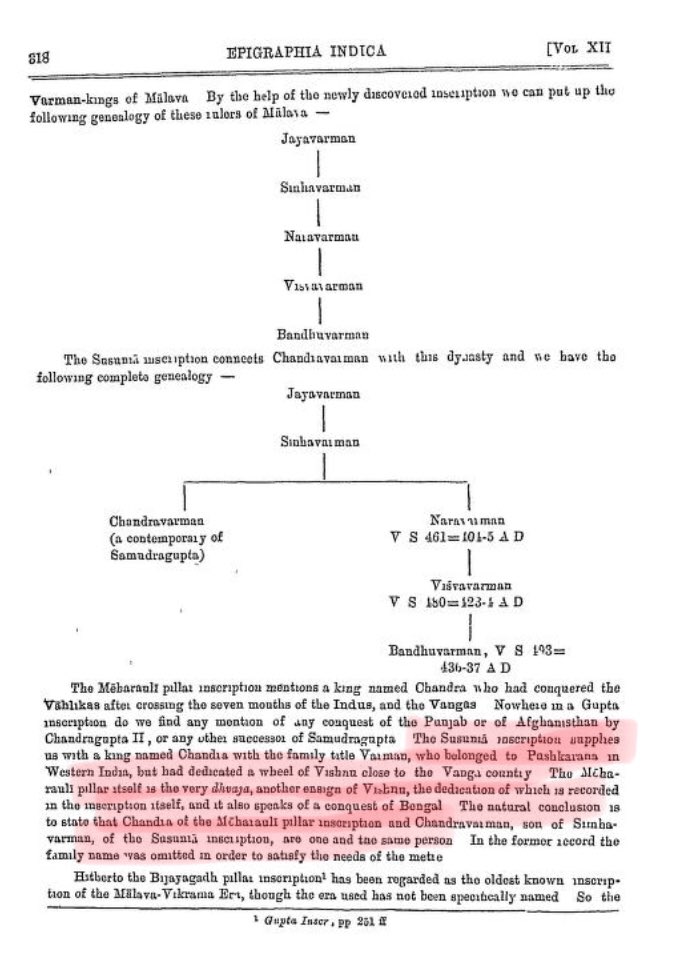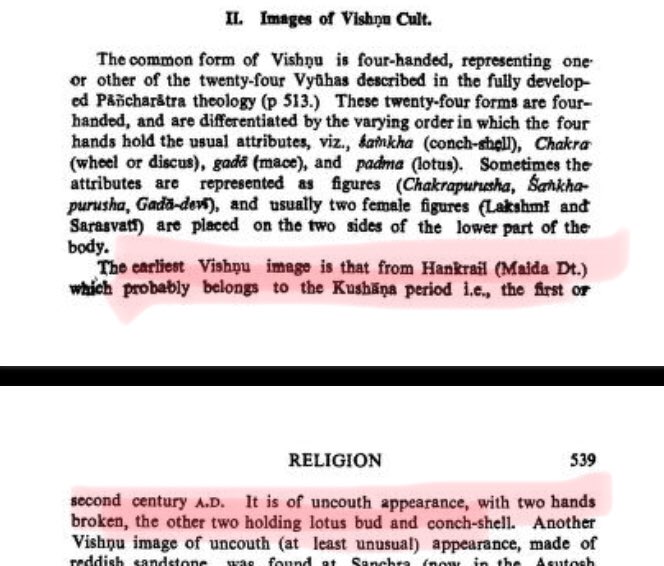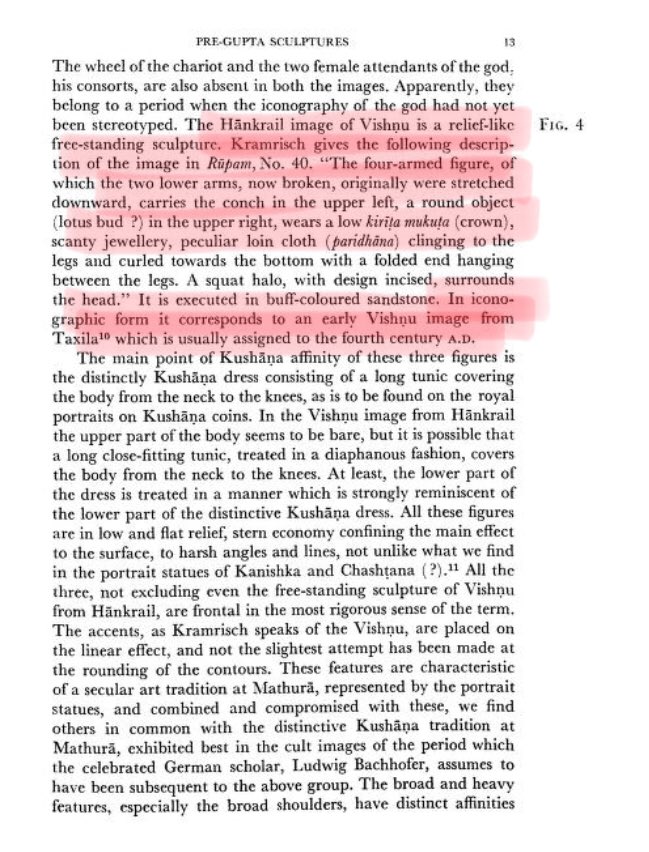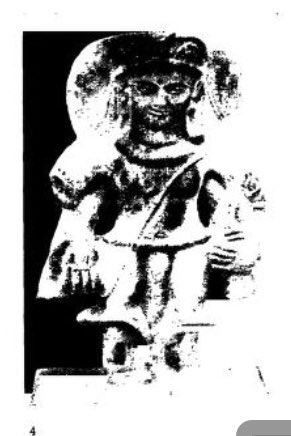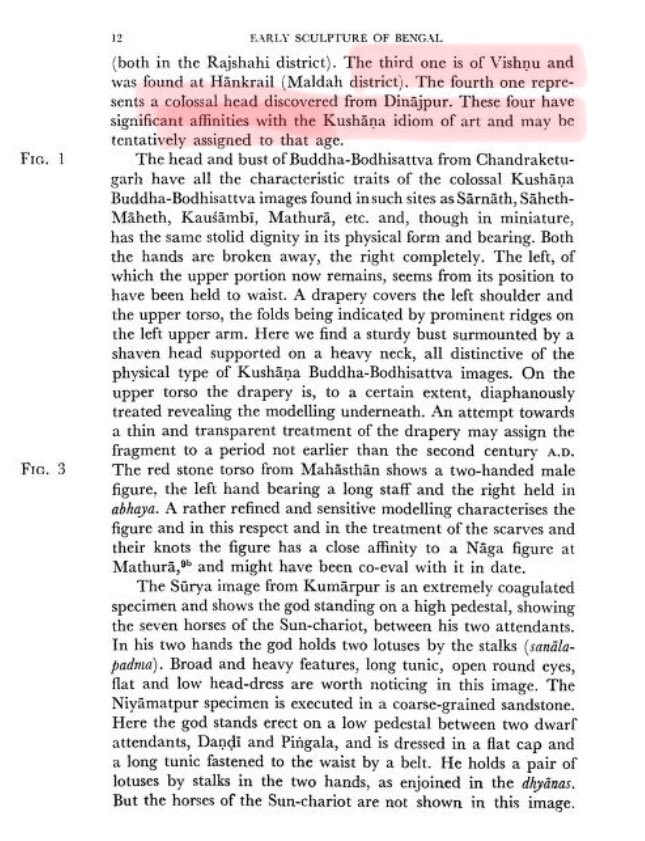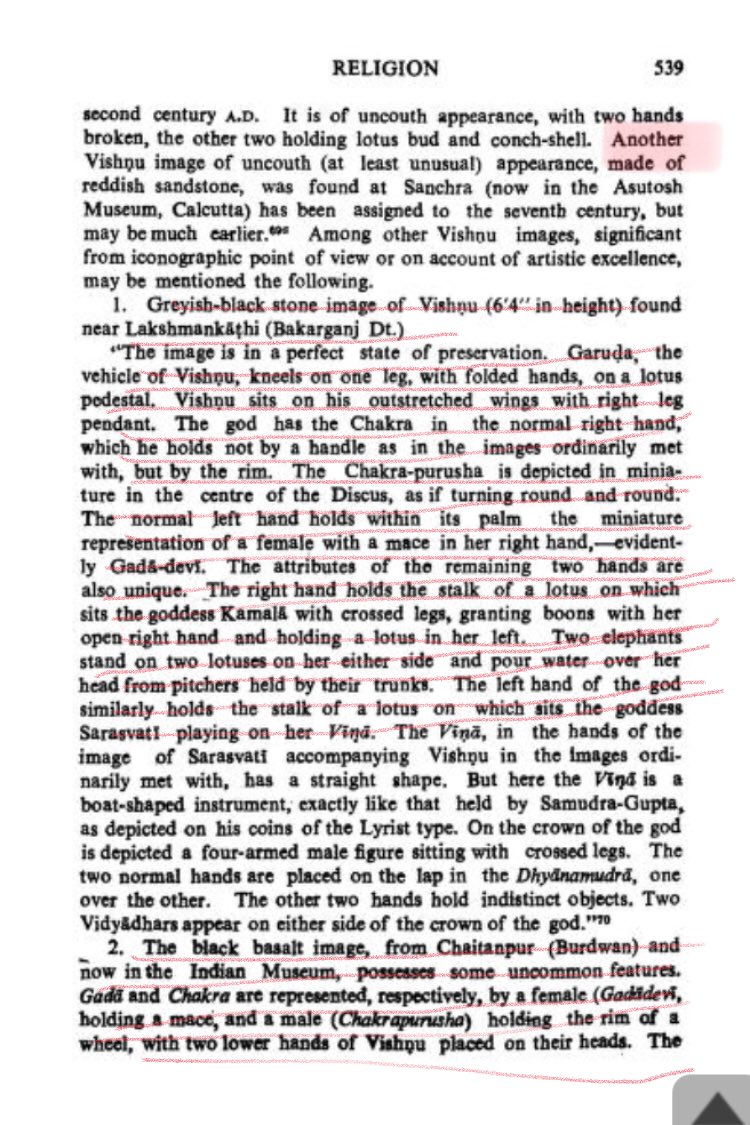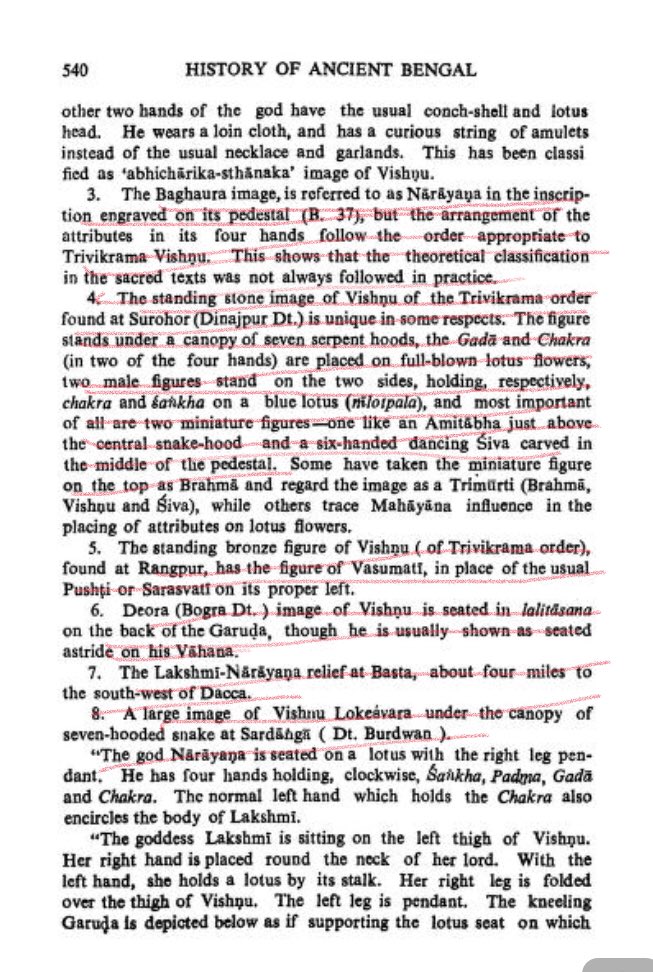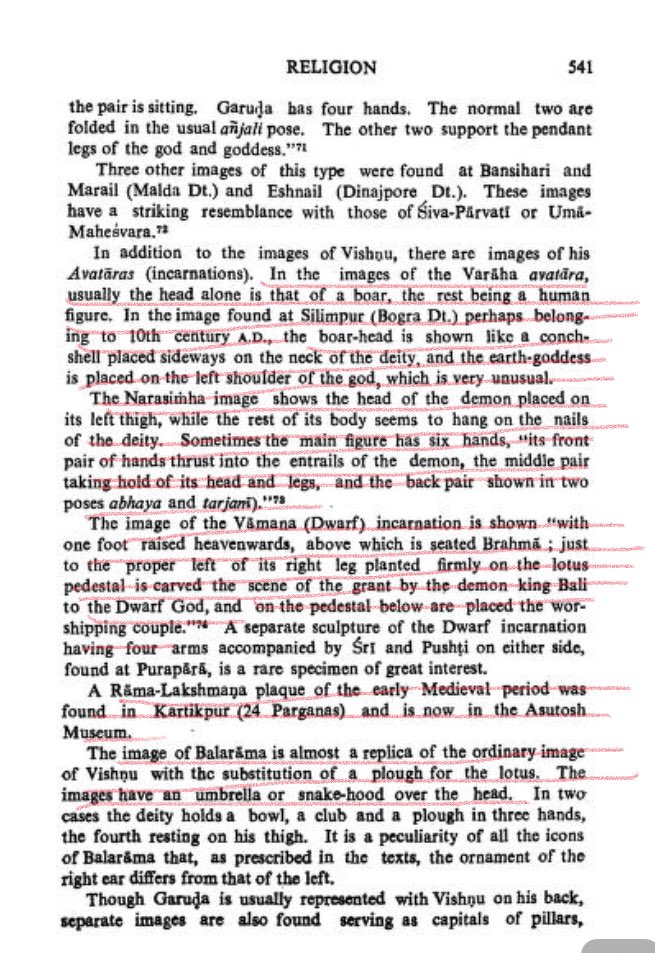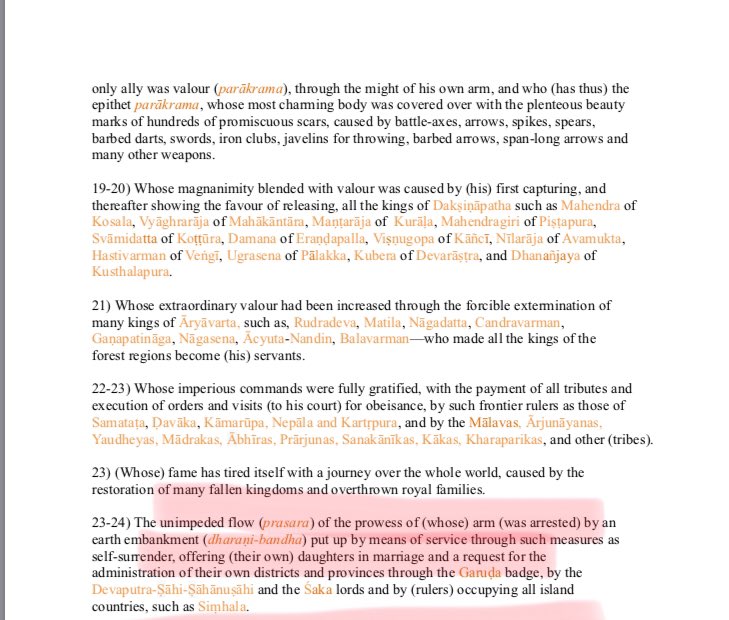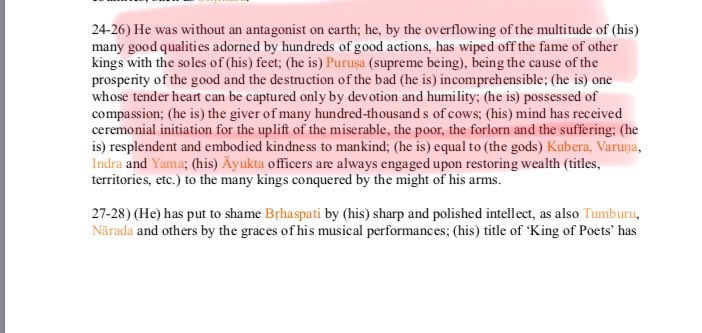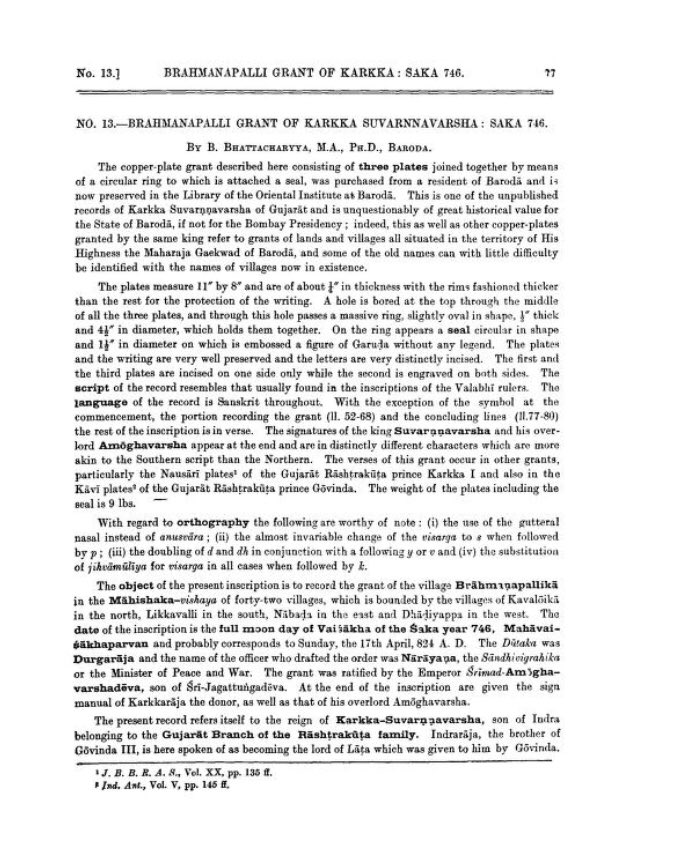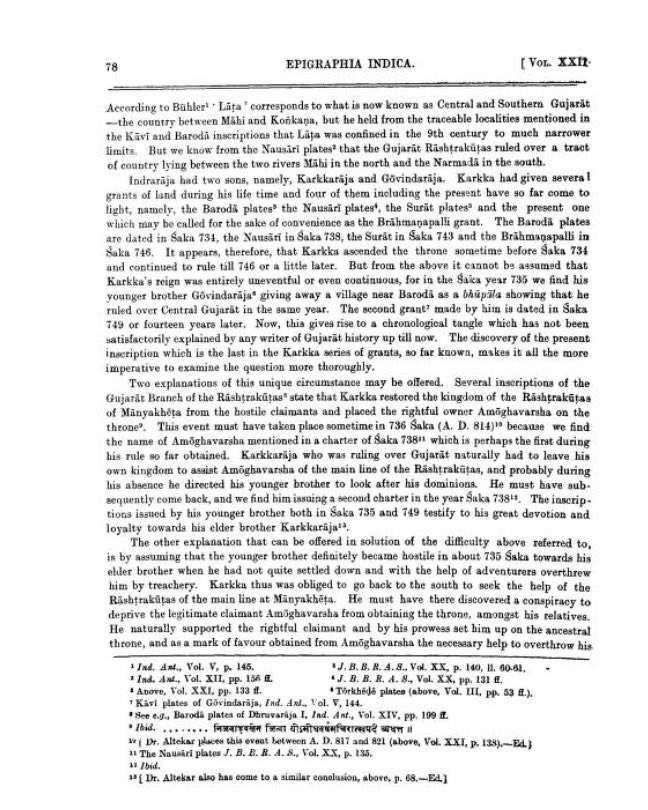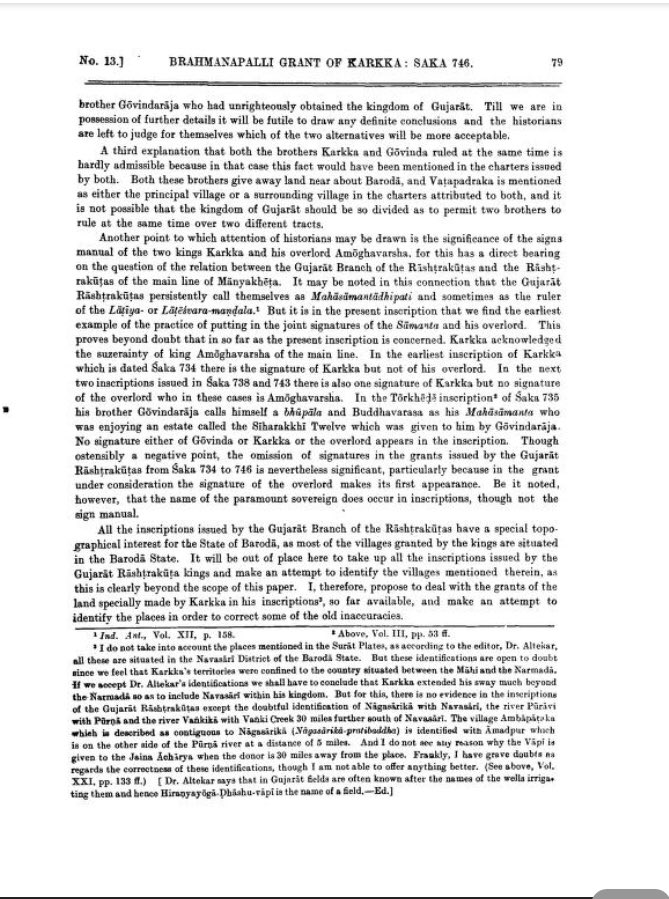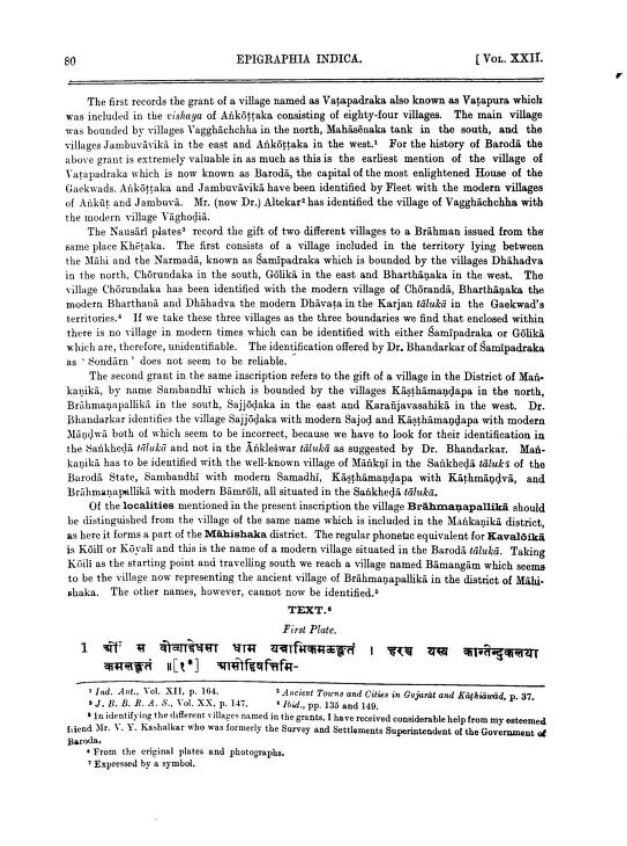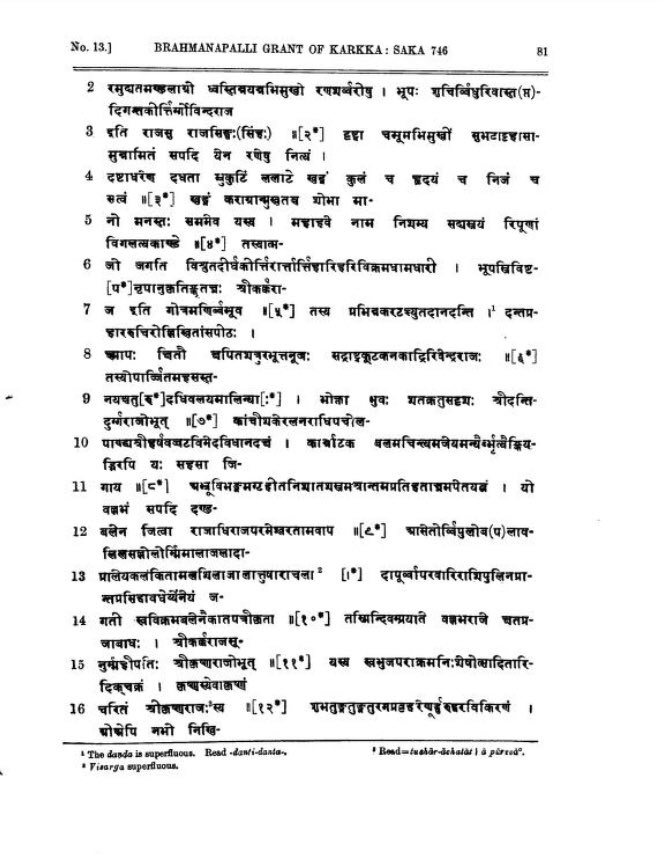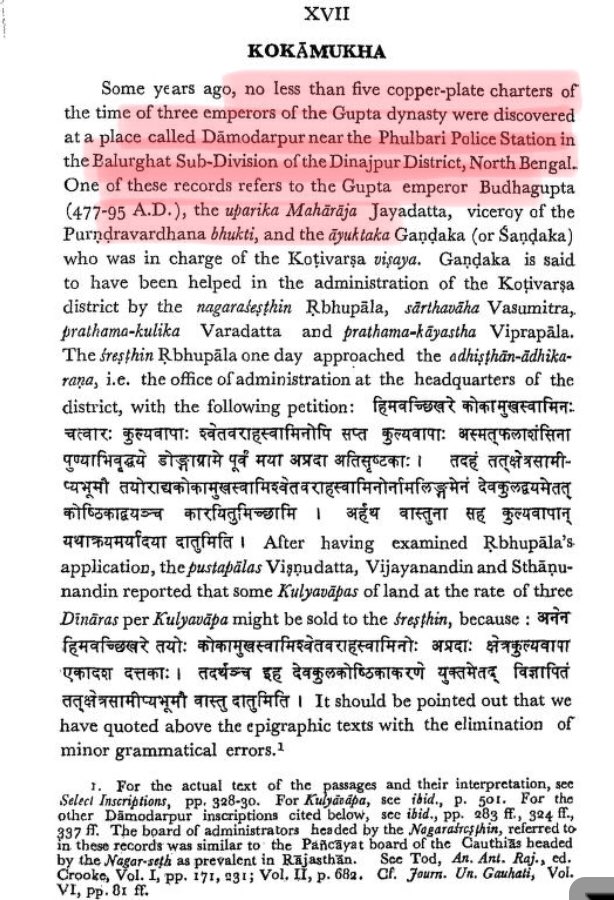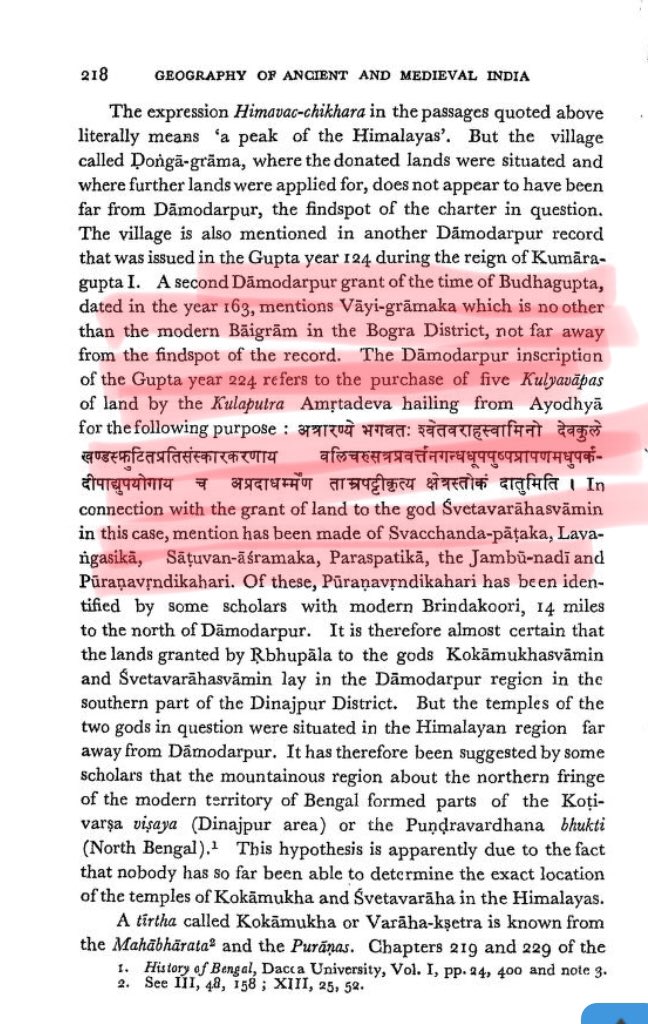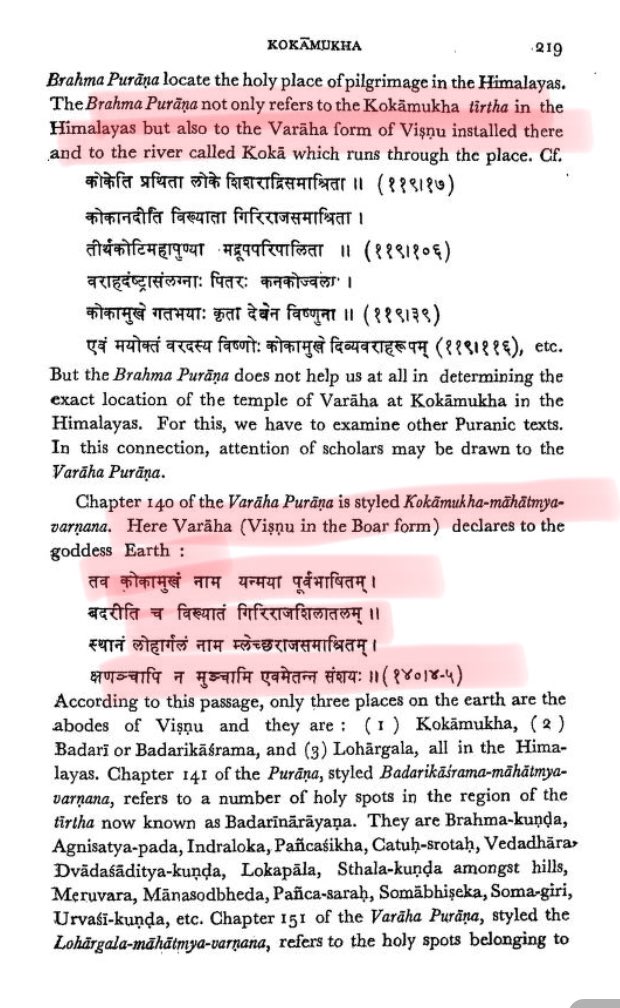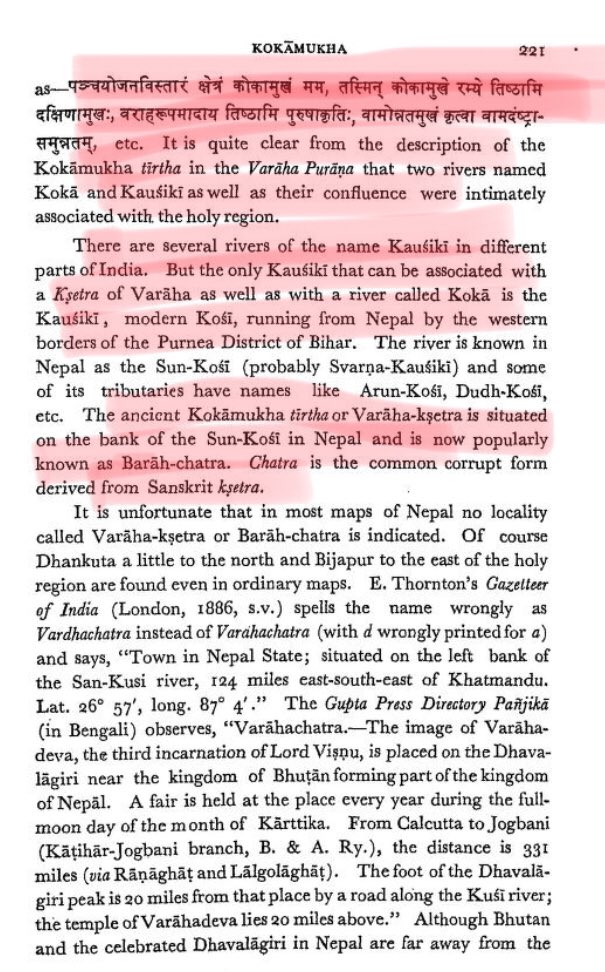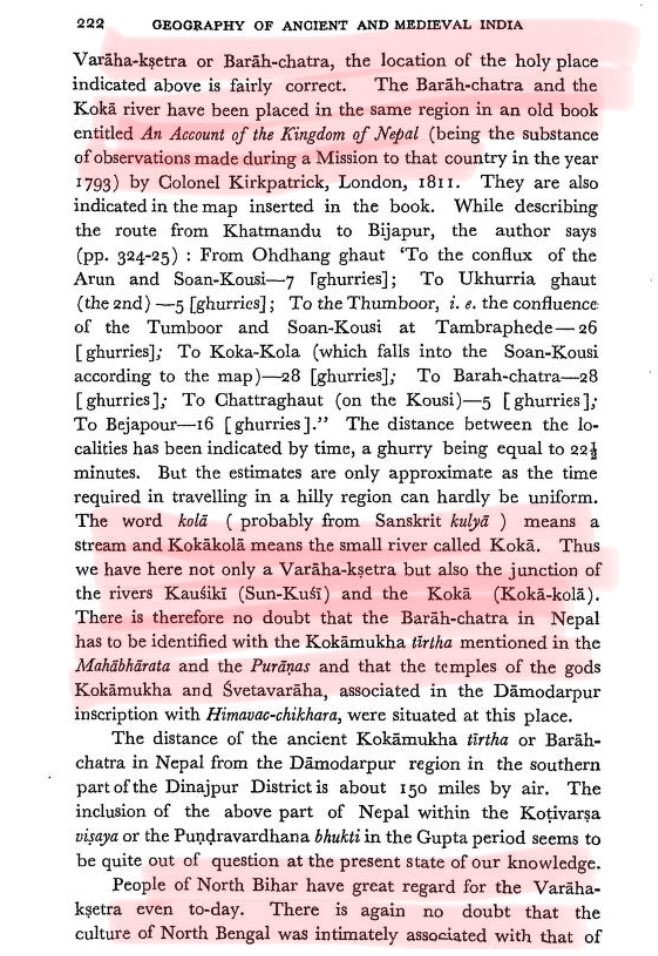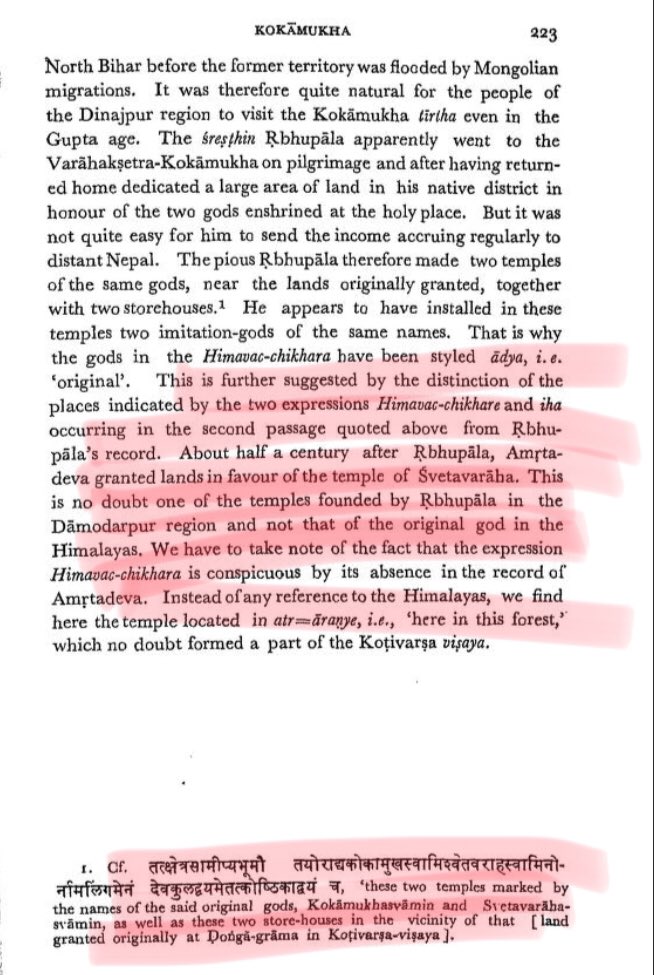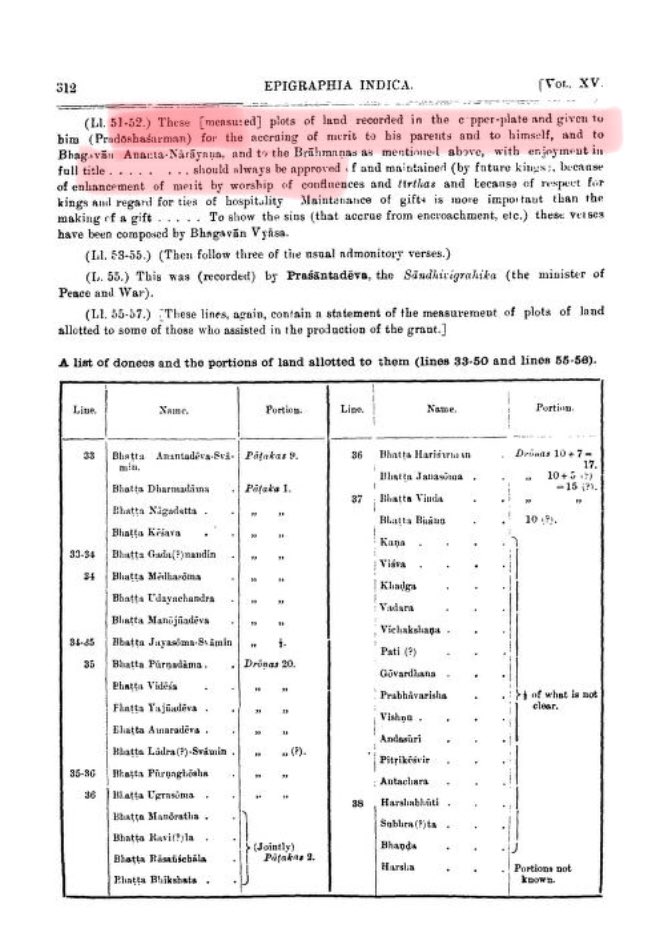1/n #SadarPranam to Ishwara within you @MamataOfficial .Your recent indigestion moment for #JaiShriRam has made me put few facts about Vishnu worship in Bengal. It’s bit too old (As per records it’s 1st-2nd Century AD or b4). Read this thread. Cc @RajivMessage @Sanjay_Dixit
2/n I’m sure that you recognise the image above since you are a proud “Bangali”. This is Susunia inscriptions: 4th Century A D (The earliest discovered inscription talking of Vaishnavism). References below:
3/n “The Susunia Rock inscription,the earliest reference to the cult of Vaishnavism, is a short Sanskrit inscription in three lines engraved in Brahmi script, recording the installation of an img of Vishnu during the Chandravarman.”
History Of Ancient Bengal
byMajumdar, R. C,P31
History Of Ancient Bengal
byMajumdar, R. C,P31
4/n Citations for 2/n
1) History Of Bengal Vol.1
byMajumdar, R.c., Pg 434(Snippet-1)
2) Epigraphia Indica Vol. - Xii (1913 - 1914)
byHultzsch, E, pg 317-18 (Snippet 2,3)
1) History Of Bengal Vol.1
byMajumdar, R.c., Pg 434(Snippet-1)
2) Epigraphia Indica Vol. - Xii (1913 - 1914)
byHultzsch, E, pg 317-18 (Snippet 2,3)
5/n Now let me give you more accounts of Vishnu’s images in early Bengal. RC Majumdar asserts in his book “History of Ancient Bengal, pg 538 that earliest image of Vishnu is that from Hankrail (Malda) & could be as old as 1st-2nd Century AD. Refer Snippet.
6/n S.K.Saraswati in his book “Early Sculpture Of Bengal” pg 12-13 mentions of Vishnu Sculpture dating in Kushan Period( 1st-2nd Century AD).
7/n Further RC Majumdar mentions about Vishnu Image made of radish sandstone, found at Sanchra( now kept in Ashutosh Museum, Calcutta) & dating to 7th Century AD or earlier.
Ref: History of Ancient Bengal, pg 539
Ref: History of Ancient Bengal, pg 539
8/n RC Majumdar further speaks about more images/ iconographic representations of Vishnu. Check the snippet.
Ref: History of Ancient Bengal, pg 539-40
Ref: History of Ancient Bengal, pg 539-40
9/n RC Majumdar also gives accounts of iconography of Vishnu Avatara (including Rama) on pg 541. Check snippet.
10/n Most of the Gupta kings were great champions of Vaishnavism. From the time of Chandragupta the title Parama Bhagavata was assumed indicating that they were Vaishnavas in their personal religious pursuit.
11/n Two epigraphic records bearing the name of Samudragupta refer to the connection that Bhagayatism with Yoga philosophy and Tantricism. One of this is dated in the year 5 of the reign of Samudragupta and was found at Nalanda. Ref: Epigraphia Indica, Vol XXV, pg 52
12/n In the Allahabad Prasasti, Samudragupta is found eulogised as Achintya Purusha. The term Achintya Purusha,has been an epithet attributed to Krishna in the Bhagayat Gita.
13/n Allahabad Prasasti also has mention of the royal seal of Samudragupta with the representation of the bird Garuda which according to the Puranic tradition was the mount of God Vishnu. This may also be taken as a definite indication of Vaishnaya affiliation of Samudragupta.
14/n Citation for 12/n & 13/n:
Fleet, John F., Inscriptions of the Early Guptas (Corpus Inscriptionum Indicarum, vol. 3) (Calcutta: Government of India, Central Publications Branch, 1888): 10-17
https://archive.org/details/in.ernet.dli.2015.108395/page/n20">https://archive.org/details/i...
Fleet, John F., Inscriptions of the Early Guptas (Corpus Inscriptionum Indicarum, vol. 3) (Calcutta: Government of India, Central Publications Branch, 1888): 10-17
https://archive.org/details/in.ernet.dli.2015.108395/page/n20">https://archive.org/details/i...
15/n A copper plate inscription (Baigram in the Bogra district of Bangladesh,448 A.D)(Kumaragupta I )reveals that 2 brothers, Bhoyila & Bhashkara,(villages Trivrta & Srigohali) helped repair of
the temple & for the worship of a deity named god Govindasvami.
the temple & for the worship of a deity named god Govindasvami.
16/n Govindasvami has been the name of the god Vishnu held as one and the same with Krishna.
Citation for 15/n & 16/n: Epigraphia Indica Vol.22
byChakravarti, N.p. Pg 77-85
Link https://archive.org/details/in.ernet.dli.2015.69621">https://archive.org/details/i...
Citation for 15/n & 16/n: Epigraphia Indica Vol.22
byChakravarti, N.p. Pg 77-85
Link https://archive.org/details/in.ernet.dli.2015.69621">https://archive.org/details/i...
17/n Lets now refer to an inscription of the time of Budhagupta found from a place called Damodarpur in Dinajpur district, now in Bangladesh.
18/n In this inscription(without mention of date), there is mention of a gift of four Kulyavapa
and seven Kulyavapa of land for the erection of two devakulas
or shrines for two deities named Kokamukhasvami and Svetavaraha-
svami respectively.
and seven Kulyavapa of land for the erection of two devakulas
or shrines for two deities named Kokamukhasvami and Svetavaraha-
svami respectively.
19/n These two deities have been held as representing two different forms of the boar incarnation of the
god Vishnu.
Ref for 18/n & 19/n : Geography Of Ancient And Medieval India
bySircar, D.c. Pg 217-23
Link https://archive.org/details/in.ernet.dli.2015.532598/page/n233">https://archive.org/details/i...
god Vishnu.
Ref for 18/n & 19/n : Geography Of Ancient And Medieval India
bySircar, D.c. Pg 217-23
Link https://archive.org/details/in.ernet.dli.2015.532598/page/n233">https://archive.org/details/i...
20/n Bengal remained a stronghold of Vaishnavism in post-Gupta times. Many royals and common people of this period are known to have pursued the creed of Vaishnavism and such persons had made various gifts in honour of Vishnu.
21/n Many people of this period,as in the case of the people known from the inscriptions of the Gupta age, are found to have been known by names bearing Vaishnava affiliation.
22/n Many names found in the copper plate inscriptions of the time of Gopachandra and Dharmaditya: two rulers of post-Gupta age may be mentioned in this connection which bore Vaishnava bearing.
23/n The Tipperah copper plate inscription of Lokanatha belonging to the 7th cen A.D. bears reference to the worship of the Ananta Narayana (a form of Vishnu) conceited in the post of recumbancy.
Ref: Epigraphia Indica Vol.15
byThomas, F.w. Pg 312
Link: https://archive.org/details/in.ernet.dli.2015.108417">https://archive.org/details/i...
Ref: Epigraphia Indica Vol.15
byThomas, F.w. Pg 312
Link: https://archive.org/details/in.ernet.dli.2015.108417">https://archive.org/details/i...

 Read on Twitter
Read on Twitter

